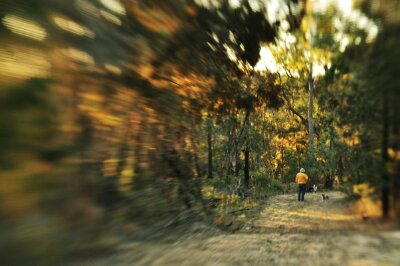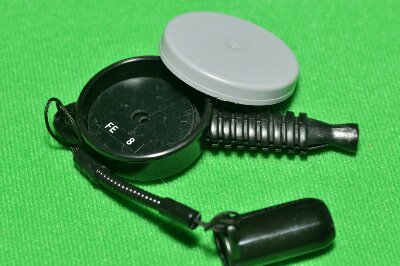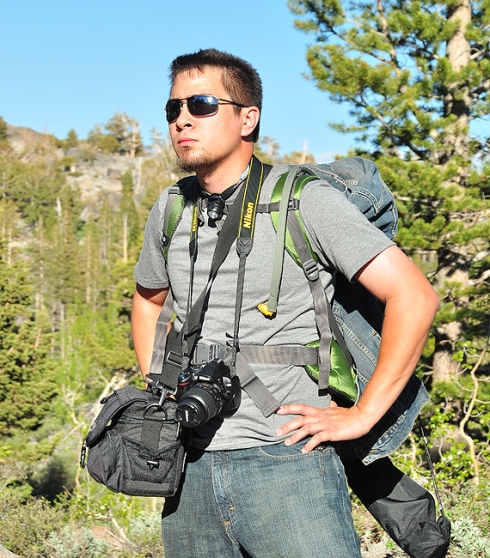Everything you need to know about this creative secret weapon. Plus! Five tips to help you master the Composer Pro!
Why follow the rules of photography, when it’s so much more fun to break them? Lensbaby has the perfect range of tools for any photographer looking to break the artistic boundaries of the photographic world. For giving scenes that added edge of creativity, look no further than the Lensbaby Composer Pro.
Lensbaby optics are perfect for really putting a creative spin on things. With the ability to swap interchangeable optics in a lens, such as Soft Focus, Pinhole, and Plastic, the possibilities for creating unique scenes is endless. The Composer Pro is specifically built for creative photograhers who really like to make scenes their own with their own expressions.
We’ve given the Composer Pro with the standard Double Glass optic a place in our gear bag to see just how well this lens really works. Much like a Fisheye or Macro lens, the Composer Pro gives photographers a whole new perspective with which to view the world.
Who is it for?
The Composer Pro is perfect for photographers who love to have fun with their work. The lens appeals to those who love to change their perspective, snap unique captures, and see how far they can take their creative freedom. Whether you are professional, hobbyist, or anything in between, you can definitely enjoy the Composer Pro.
HARDWARE
The Composer Pro feels sturdy in hand, as the plastic body feels solid, and the two focal and locking rings are a nice, grippy rubber that makes adjustments easy to make. The focusing action, though strictly manual, is smooth. There may be a minute amount of fidgeting towards the nearest focusing distance and infinity, but this depends on the optic being used, and never posed any sort of issue for us.
The 2nd ring on the Composer Pro locks the focal plane into place. After unlocking the ring, the lens can be shifted and tilted in all directions. Tightening the ring will lock the lens in its position.
The Composer Pro, with metal mount, fits our Nikon D90 like a glove. The reference dot for lining up the lens is on the bottom of the Composer Pro, right on the metal mount. There are no reference points on the sides of the lens, which can make mounting the lens a bit difficult sometimes. The trade-off for this is that the Composer Pro does look more sleek and streamlined once it is mounted to the camera, as it is free of any extraneous markings and labels.
Lensbaby Optics make use of a specialized tool to change manual aperture rings. This may be a nuisance at first glance, but is actually one of Lensbaby’s strongest assets.
Lensbaby Optics use their own unique lens caps. These caps are solid, springy, and feel quite tough once they are in place. This is a blessing, since replacing a lost cap won’t be as easy as it would be for a standard cap.
Changing optics is actually quite easy, and with a few minutes practice, can be done in a just a few seconds. The Optics contain the glass through which the image passes, while the Composer Pro is the outer shell that mounts the Optic to the camera body. There are many Optics to play with, and many of those Optics allow the use of Creative Aperture Filters. We’ll cover more on that shortly!



















